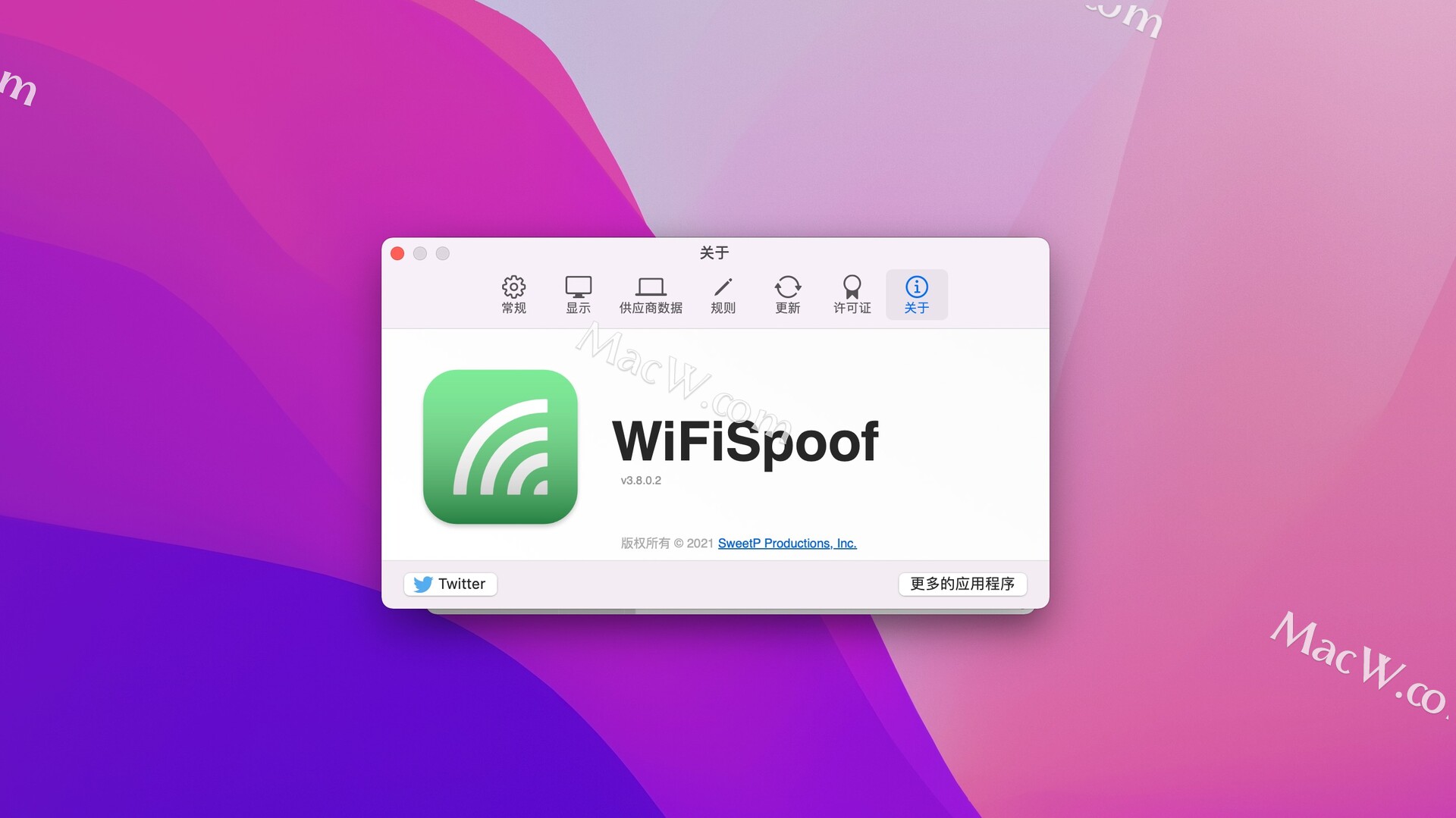
Wifispoof wikipedia android#
Malware and unwanted programs can use browser hijacking to steal a browser's cookie files without a user's knowledge, and then perform actions (like installing Android apps) without the user's knowledge.
Wifispoof wikipedia code#
Cross-site scripting, where the attacker tricks the user's computer into running code which is treated as trustworthy because it appears to belong to the server, allowing the attacker to obtain a copy of the cookie or perform other operations.Unsecured Wi-Fi hotspots are particularly vulnerable, as anyone sharing the network will generally be able to read most of the web traffic between other nodes and the access point.
Wifispoof wikipedia password#
Since this data includes the session cookie, it allows them to impersonate the victim, even if the password itself is not compromised.

This allows attackers that can read the network traffic to intercept all the data that is submitted to the server or web pages viewed by the client. Many websites use SSL encryption for login pages to prevent attackers from seeing the password, but do not use encryption for the rest of the site once authenticated.

Thus, the attacker can send a command, but can never see the response. If source-routing is turned off, the attacker can use "blind" hijacking, whereby it guesses the responses of the two machines. This allows an attacker at point B on the network to participate in a conversation between A and C by encouraging the IP packets to pass through B's machine. Ī popular method is using source-routed IP packets. Modern web browsers use cookie protection mechanisms to protect the web from being attacked. Cookie hijacking is commonly used against client authentication on the internet. After successfully stealing appropriate session cookies an adversary might use the Pass the Cookie technique to perform session hijacking.


It has particular relevance to web developers, as the HTTP cookies used to maintain a session on many websites can be easily stolen by an attacker using an intermediary computer or with access to the saved cookies on the victim's computer (see HTTP cookie theft). In particular, it is used to refer to the theft of a magic cookie used to authenticate a user to a remote server. In computer science, session hijacking, sometimes also known as cookie hijacking, is the exploitation of a valid computer session-sometimes also called a session key-to gain unauthorized access to information or services in a computer system. ( June 2010) ( Learn how and when to remove this template message) Unsourced material may be challenged and removed. Please help improve this article by adding citations to reliable sources in this section. This section needs additional citations for verification.


 0 kommentar(er)
0 kommentar(er)
